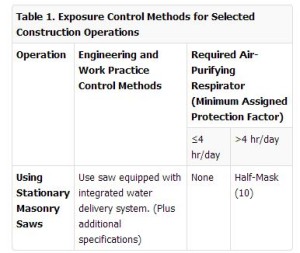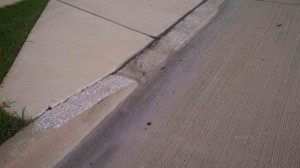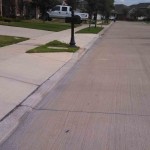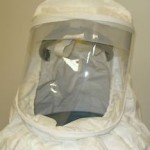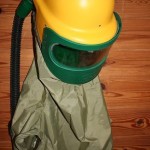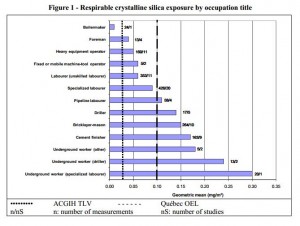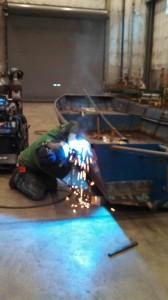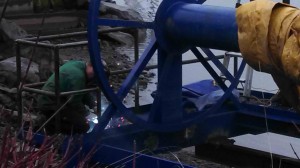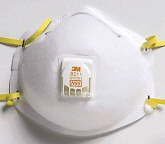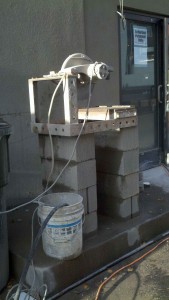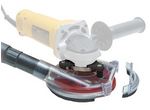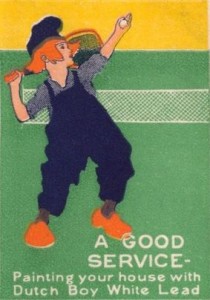Wed 4 Sep 2013
Lowering the Silica exposure limit
Posted by admin under ACGIH, Air Monitoring, Concrete, Dust, Engineering Controls, Exposure, Federal OSHA, Hazard Communication, hygienist, industrial hygienist, NIOSH, occupational hygiene, OSHA, PEL (Perm Exp Limit), Personal Protective Equip (PPE), Respirators, Risk, Sandblasting, Silica, Training, Uncategorized
Comments Off on Lowering the Silica exposure limit
If you haven’t heard, Federal OSHA is proposing to reduce the airborne silica permissible exposure limit (PEL) to 50 µg/m³. It is difficult to say how much lower this new rule will be, since the current standard relies on a calculated formula to obtain the exposure limit. However, to make this easier, let’s just say it’s a 50% reduction in the PEL. This limit is the same at the NIOSH Recommended Limit and above the ACGIH Threshold Value of 25 µg/m³. Before I offer my opinion, you can state yours to OSHA here, and I’d recommend you do.
Benefits:
- Increase awareness by everyone (any news is good news for silica awareness)
- Further protect employees from overexposures
- Update the health standards. The original rule was from the 1970s.
- New products for the industry will be created to control silica, like this.
- Pretask planning (JSA, JHA) will become more common
- Consultant hygienists will get more $ to: train, air monitor, etc.
- Alternatives to sampling. This is written in the proposed rule.
- Rather than air sampling, you can choose to “over protect” and assure employees have adequate PPE
- This is great for short duration tasks where exposure monitoring is prohibitive (see Table 1. below from OSHA’s Fact Sheet)
Weakness:
- Employers will spend additional money:
- on controls for silica
- on labor during the activities
- on consultants to verify you’re below the PEL
- OSHA will cite you easier
- (my guess) is compliance officers will cite you for failure to implement controls, rather than measuring the airborne dust and finding overexposure
- driveby citations. Look at some of my “caught on camera” overexposures. It is easy to see why this will be easy for OSHA to cite.
- More confusion
- remember how you felt when you started working with leaded paint? Picture that again.
- smaller contractors might be confused with the changes
- I’ve heard: the airborne levels trying to be achieved are so low, they are at the laboratory detection limits. (this is a bit beyond me, honestly, but it has to do with chemistry & analytical methods)
Overall, I think lowering the limit will reduce employee overexposures to silica. The increase in awareness across the US will bring more attention to the danger. Contractor employers who are doing absolutely nothing to control silica will get caught, punished, and hopefully change. For good-contractors out there, this will make it easier to explain to your subcontractors who are a little behind. I can see many contractors using Table 1 as a guide to easily protect employees on short tasks with high silica exposures.
Your thoughts? I’d love to hear them. Here is a NY Times Article perspective.

